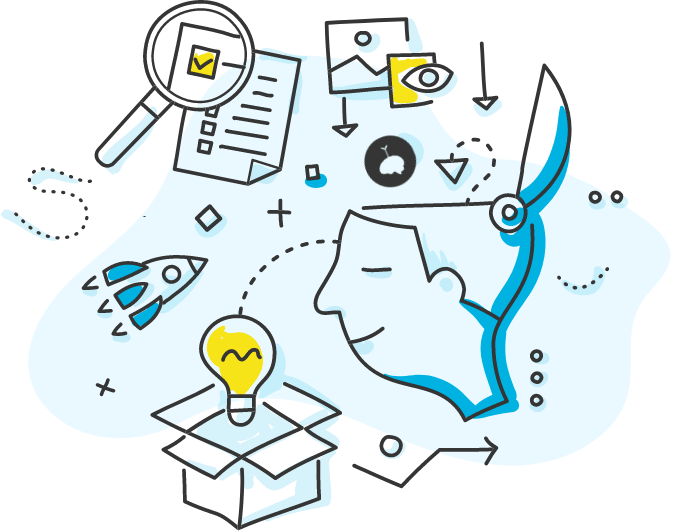Estimated Reading Time:3 minutes, 38s.
Podcast Length: 45 minutes, 28s (link to play podcast at the bottom of post).

Movement may not be the first thing that comes to mind when you think about forming a connection with the people around you or attaining a sense of mental calm. Perhaps you envision a raucous dinner party to celebrate a friend’s birthday. Or maybe your mind paints a picture of a stoic figure meditating in silence and stillness. Or, a personal favorite, relaxing on the couch playing Animal Crossing, or sinking into a good book.
Kelly McGonigal is an advocate for anything that gets us moving as a group—among a suite of other exercises. Kelly is a health psychologist and Stanford University lecturer whose TED talk about how to make stress your friend has been viewed more than 30 million times.
In her latest book, The Joy of Movement, Kelly looks at how exercise can make you braver, help you connect with others, and experience mental resilience and joy. I’ve been a long-time fan of Kelly’s writing, and her 2015 book, The Upside of Stress, is one of my personal picks for the best productivity books out there.
I love the way Kelly frames the importance of movement and exercise. Instead of explaining it as a project to make our bodies fit within societal norms or as a means to reduce risk of chronic health concerns down the road, The Joy of Movement argues that exercise is a key piece of the puzzle that will help you live a more engaged, happy life.
The book is highly actionable, and in our chat Kelly shares some interesting tactics and tidbits on how you can use movement as a way to change your mindset around stress and create more connection with the people and things you love. Here’s some of what she had to say.
1. The type of movement doesn’t matter. Embracing movement doesn’t mean you suddenly need to start running marathons (a relief to me). Any dose of movement—be it three minutes or three hours—is one of the easiest things you can do to boost your mood and give you a hit of resilience or hope. So whether it’s flailing your arms to your favorite song or tapping your fingers on the table, Kelly advises us to start where we are, do what we can, and think about using as much of our body as possible.
2. Exercise and movement can help you deal with social anxiety. This is something Kelly found in her own life. She describes her default temperament as shy, sensitive, and anxious—but goes on to explain how exercise makes her better and braver. Movement triggers the release of endocannabinoids, neurotransmitters that not only reduce fear and anxiety but also promote positive social engagement and increase the warm glow you get when you’re around others. It’s like a dose of medicine that makes it easier to connect with other people.
3. Group movement can bring more benefits than individual movement—even when it’s online. Moving together creates a shared experience and sense of community which fosters further bonding and trust. This can be everything from traditional team sports to a zumba class to running ultramarathons. Though the latter typically evokes images of uber-fit athletes charging alone through the mountains, it’s actually the ability to be supported by others and the feeling of being part of a collective activity that allows ultramarathoners to benefit from that same sense of group connection and community.
While it’s admittedly not the best time to be thinking of group activities, we can actually gain the same benefits when joining a group exercise class on Zoom. Research even supports that moving alongside avatars—virtual human beings!—can have the same effect.
4. Head outside for some green exercise. Moving alone in nature could actually be more powerful than moving together while outdoors. I personally start most mornings by making a cup of tea and going for a short hike. Kelly shares that moving in nature can be a shortcut to the calm state of mind attained through meditation. By breathing in gulps of fresh air, feeling the sun on our skin, and listening to the birdsong, nature allows us to take in new sensations and thoughts while letting go of the stressors of the past and future.
5. The movement you choose can help reveal or strengthen parts of your personality. While any movement is better than none, Kelly says you can also strategically focus on a form of movement that will help you experience parts of yourself that you value. She shares a personal example of how learning mixed martial arts and kickboxing have helped her feel more brave, and have proven to her that she can fight for herself and for others. I could go on and on about what Kelly shared during our chat, but you’re better off just listening to the podcast. I hope you enjoy our conversation!




